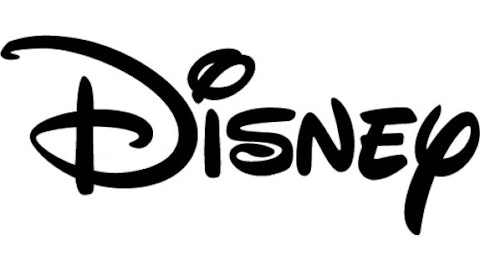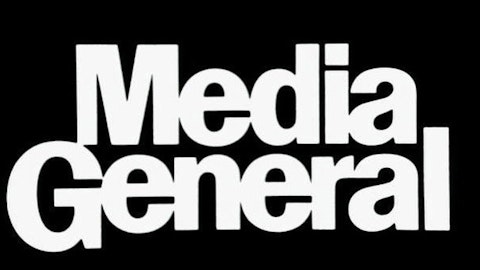On June 13, Gannett Co., Inc. (NYSE:GCI) sent Wall Street a clear message: We are much more than the nation’s leading newspaper chain.
That was the day that Gannett announced plans to acquire television company A.H. Belo Corp (NYSE:BLC) for $1.5 billion, transforming Gannett’s image overnight from an old-fashioned newspaper chain (bad, bad image) to a more promising television operation (very good one).
And Wall Street sent a declaration of its own: We love the new Gannett Co., Inc. (NYSE:GCI), which boasts more of a broadcast multiple than a print multiple.
Publishers trade at an average of about 13 times forward earnings expectations, according to Thomson Reuters data, while broadcasters trade at a little more than 25 times. Gannett Co., Inc. (NYSE:GCI) stands at nine times forward earnings.
On the wings of the announcement, Gannett’s shares promptly climbed 27% to a five-year high, gaining more than $5 and smashing through the $25 threshold.
The deal underscored the changing face of the U.S. newspaper industry. Tribune, which owns the Los Angeles Times, the Chicago Tribune, and other newspapers, for example, is being examined for an acquisition by everyone from Rupert Murdoch to the Koch Brothers because of its strength as a cable and entertainment company. Belo Corp (NYSE:BLC), in fact, split itself into newspaper and television operations back in 2008.
The deal would practically double Gannett Co., Inc. (NYSE:GCI)’s broadcasting resources, making it the fourth-largest U.S. owner of network affiliates. It would reach almost one-third of U.S. households, Gannett Co., Inc. (NYSE:GCI) said at the time of its big announcement.
Crucially, TV would now represent a little more than half of the combined company’s operating earnings, with more robust cash flow and a stronger balance sheet.
“With one-third of the country covered by their TV stations, no automaker or auto dealer can ignore their power in the U.S.,” Bill Smead, chief investment officer of Smead Capital Management, whose largest holding is Gannett Co., Inc. (NYSE:GCI), told Reuters.
“This is an undervalued company and even more undervalued with an additional 50 cents per share in earnings the first year,” Smead said via an email.
Gannett said it would produce significant free cash flow and raise its operating earnings per share by approximately 50 cents in the first year. It will also generate about $175 million of yearly savings within three years after the closing.
Gannett Chief Executive Gracia Martore made clear that the purchase would not keep Gannett from pursuing future deals.
“I think what we have is tremendous financial flexibility,” she said on a conference call with analysts. “We have a balance sheet that is actually even financially stronger today.”
In the newspaper industry, companies have seen the wisdom of expanding their traditional identities. The Washington Post Company (NYSE:WPO) has benefited mightily from owning the Kaplan education operation, while the controlling Bancroft family sold Dow Jones to Rupert Murdoch’s News Corp (NASDAQ:NWS). in 2007. Meanwhile, speculation persists that New York Mayor Michael Bloomberg, whose third term in office will conclude at the end of the year, will seek to acquire The New York Times Company (NYSE:NYT).
“No longer is Gannett a newspaper company with broadcast and digital assets,” media analyst Ken Doctor wrote to subscribers. “It can now be thought of as a broadcast company with major newspaper and digital assets.”
Doctor noted that Gannett is projecting that roughly two-thirds of operating profits will come from broadcasting operations. That’s up from 56% last year.
Wall Street is encouraged by Gannet’s move for two key reasons. It recognizes that Gannett will likely stand a better shot at withstanding any coming problems in the newspaper industry, as papers grapple with the arduous challenges of making money on the Internet and discovering new advertising-revenue sources.
Crucially, the investment community appreciates a company that likes to play ball. Gannett takes great pride in its flagship property, USA Today, as well as its much smaller U.S. dailies. I know this lesson well. You see, I worked for USA Today for a few years in the 1980s.
For old times’ sake, Gannett will likely always like to think of itself as being true to its roots as a newspaper company. But executives will wisely not say so in public or anywhere within earshot of investors.
Wall Street wants Gannett to be a television dynamo, and that is what it is.
The article Gannett: Why Wall Street Loves Media’s New TV Star originally appeared on Fool.com is written by John Friedman.
Fool contributor John Friedman has no position in any stocks mentioned. The Motley Fool has no position in any of the stocks mentioned.
Copyright © 1995 – 2013 The Motley Fool, LLC. All rights reserved. The Motley Fool has a disclosure policy.






